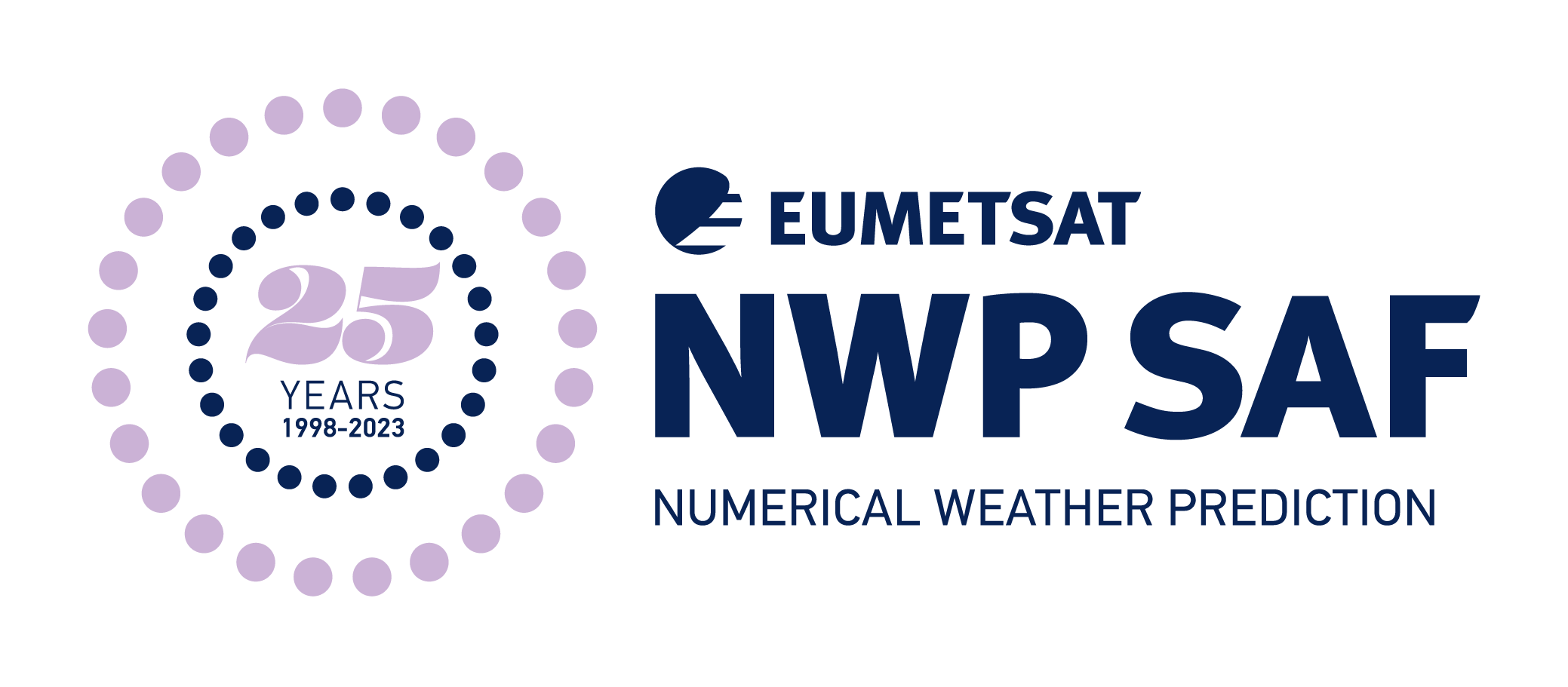Satellite Application Facility for Numerical Weather Prediction › Forums › RTTOV › Older Versions › RTTOV v13 › RTTOV v13 General Discussion › Questions for training dataset and coefficient files
- This topic has 1 reply, 2 voices, and was last updated 6 months, 1 week ago by
 James Hocking.
James Hocking.
-
AuthorPosts
-
April 28, 2025 at 6:40 am #50616
 Minjin ChoiParticipant
Minjin ChoiParticipantHello!
I am currently studying the RTTOV coefficient generation process and would like to ask a few questions regarding the training datasets and coefficient files:
1. While the 83P 101L dataset is publicly available, I could not find the 54L dataset that is commonly used to generate coefficient files for most infrared sensors. Could you kindly let me know where I can access or obtain this 54L training dataset?
2. In the text-format CO2O3 coefficient file for v13, there is a long sequence of numbers written in too many lines.
Could you please clarify the order of the coefficients in this file? Specifically, how are predictors, layers, and channels organized?3. To create comparison plots with LBLRTM(https://nwp-saf.eumetsat.int/site/software/rttov/download/coefficients/comparison-with-lbl-simulations/#visir), it would be necessary to compute brightness temperatures from channel-integradted transmittances(LBLRTM ouputs).
Could you explain how this conversion is applied when generating three-types of comparisons?Thank you very much for your assistance.
Best regards
Minjin ChoiMay 1, 2025 at 8:17 am #50633 James HockingKeymaster
James HockingKeymasterHi Minjin Choi,
Firstly, can I ask why you are trying to generate RTTOV coefficients yourself? It is a complex process and it is quite easy to produce coefficients of lower quality than those generated by the NWP SAF. This is part of the reason we do not share the coefficient generation software.
If you would like coefficients for a sensor that is not currently supported, including experimental/theoretical sensors, then please submit a help desk ticket with the spectral responses and other relevant information and we will create the coefficient file(s).
To answer your questions:
1. You can interpolate the 101L profiles onto the 54L linearly in pressure.
2. The order of the coefficients in each section is (ncoef, nlayers, nchannels) where the ncoef is the number of coefficients or predictors, nlayers is the number of coefficient layers (53 or 100 usually), and nchannels is the number of channels supported by the coefficient file. The coef index varies fastest and the channels index varies slowest.
3. For the RTTOV vs LBL validation plots:
RTTOV vs radiances from channel-integrated LBL transmittances: the channel-integrated LBL transmittances are used in the regression so the LBL radiances are computed by a simple integration of the radiative transfer equation (RTE) that is consistent with how RTTOV integrates the RTE. Unit emissivity is assumed.
RTTOV vs channel-integrated radiances from LBL: you need to obtain the LBL model radiances across the channel and integrate these over the SRF. The resulting radiance can be compared with RTTOV. Again unit emissivity is used.
The third plots are made using a modified version of LBLRTM that takes atmospheric curvature into account, so there is no simple way for you to generate those.
Best wishes,
James -
AuthorPosts
- You must be logged in to reply to this topic.
